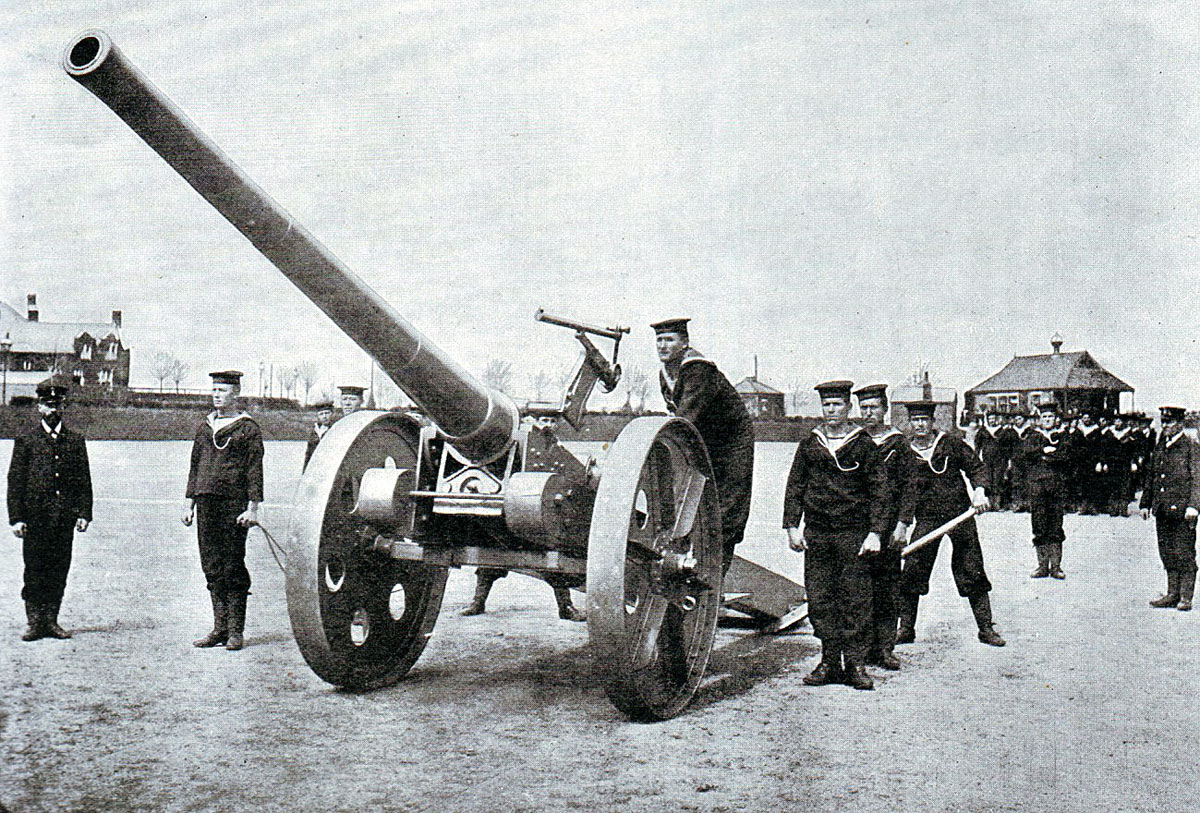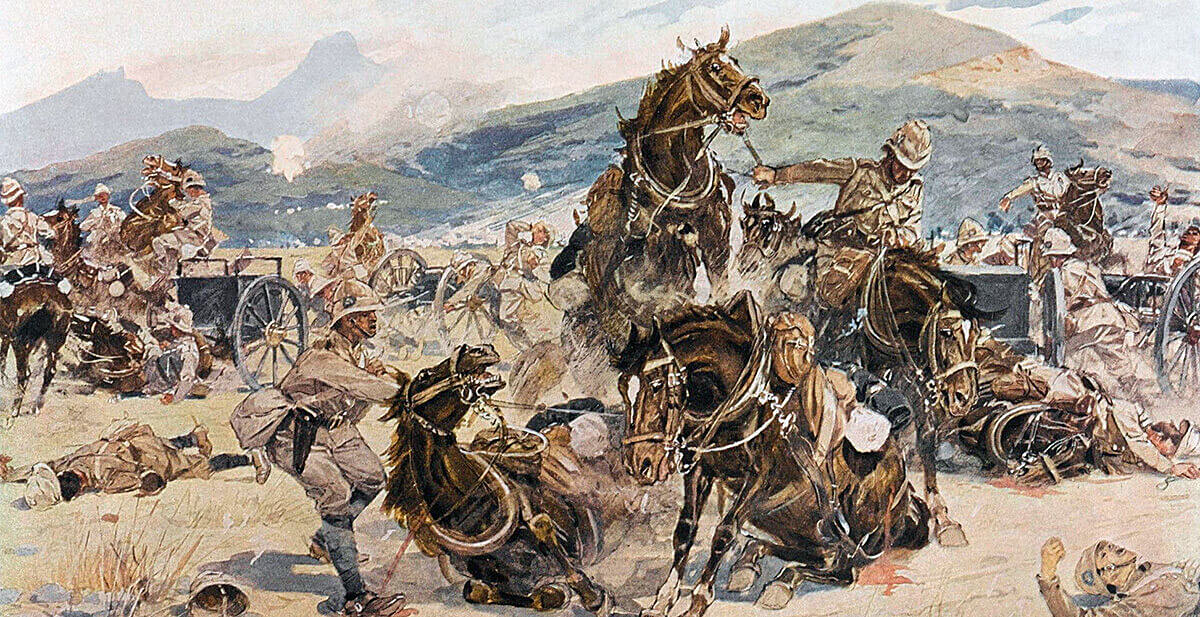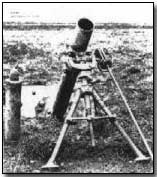To be fair I don't thin the CF gets even 1/6th the "value" of a PY with the current reserve structure.
I agree entirely. The concept of Tue and Thur (or whatever) night training is a colossal waste of time and really nothing much more than a lead in to standing around and hoisting a few in the mess afterwards. I much prefer the one weekend a month and a good 2 to 3 weeks in the summer concept. I expect if we ever cut the Tue/Thur thing we would lose a few folks (maybe quite a few). But in the end might that not be better for the force?
I certainly wouldn't want to restructure anything before a massive restructuring of the reserve force occurred -- and the Regimental and Political issues with that are daunting.
Restructuring does concern me. On the one hand it's essential if one ever wants to get to developing an ability to train collectively and generate full units. On the other hand past rounds of consolidating units has not been very successful because other than the restructure itself, the reservists at the time saw no meaningful change in the equipment they had or the training they were given. Restructuring (consolidation of units) usually happens as an element of cost cutting measures which concurrently reduce equipment purchases and training opportunities. That's just self defeating. If one wants to restructure into larger consolidated units it HAS TO BE accompanied by investments into better equipment and training. That will help convince the traditionalist and will keep and grow the force.
I was talking about the end result - a CF Private fresh out of BattleSchool is significantly more capable that a Private out of training in any other Army, the same goes for a young officer out of phase training - and for the most part the NCO corps as well.
I've said this many times ... the young officer, NCOs and soldiers of today's army appear to be much more capable than those of my generation. That causes a conundrum for me because I also think that today's training system falls well short of the mark.
The capability gaps in the CF are not its personnel - but it's equipment.
There are GIANT gaps there - and a lot of systems that are criminal neglected by any Force that believes it is ready for a Peer/Near Peer threat.
I keep thinking over the shitstorm the UK went through because of its poor equipment in early Afghanistan and ours with the Iltis yet we have so many deficiencies which are almost guaranteed to cause unnecessary loss of life and limb.
Due to Canada's geographic location - it needs to be structured like an Expeditionary Force, while still not neglecting Interal Defense and Support needs.
I think the look to Europe with NATO is extremely short sighted - and I think the Pacific Rim is a much better location where Canada could make a meaningful contribution.
If you add in the issue of Canada's geography, many internal operations would be in the nature of expeditionary as well.
I don't think the look to NATO in Europe is short sighted at all. The lack of a look at the Pacific definitely is but for the moment is politically driven with a bit of a Pollyanna dreamer calling the shots. We need to look in both directions.
Another thread had me thinking about how one could go about doing that which, unfortunately got me thinking about CSCs and nuclear subs but also what does a MDTF really look like. That also got me thinking about MDO (I still dislike the term Pan-domain - sorry PPCLI Guy). I'm starting to think that we need to go back to making OOTW/capacity building back into a secondary duty and start focusing more on the higher end of the spectrum. I still think the heavy, medium and light construct of manoeuvre brigades is valid (although our weapons and capability mixes need major refining) IMHO our biggest weakness in structure is the absence of functional CS and CSS brigades. I can see a CS brigade, capable of expeditionary operations, that is structured to do MDF missions. And it strikes me as blindingly obvious that is we are an expeditionary army then we better have a darn fine CSS brigade structure. from back to 1970, I have never liked this blending of purple support base structures or the more recent iteration of static NSEs. I can see where some f those functions are of value, but if you start with a combat capable organization, you can always become static while if you start static you can never become something more mobile and still combat support capable.
I don't push Light Forces just for fun or because I hate Mech (I do - but not germane to this) - I think an Amphibious MEU - and Prepositioned Heavier/Med Forces in Australia would be a much better usage of the Cdn Tax Dollar.
Take a peak at my thoughts in the
Best Base thread where for the fun of it I disassemble 1 CMBG and the three CBGs and reassemble them into an ABCT and IBCT with the IBCT possibly focused to the Pacific (possibly as an MDTF) while the ABCT looks to NATO. The latter can easily change direction.
That could be interesting, with 3 Div and two brigades focused west and the rest of the Army elsewhere.













